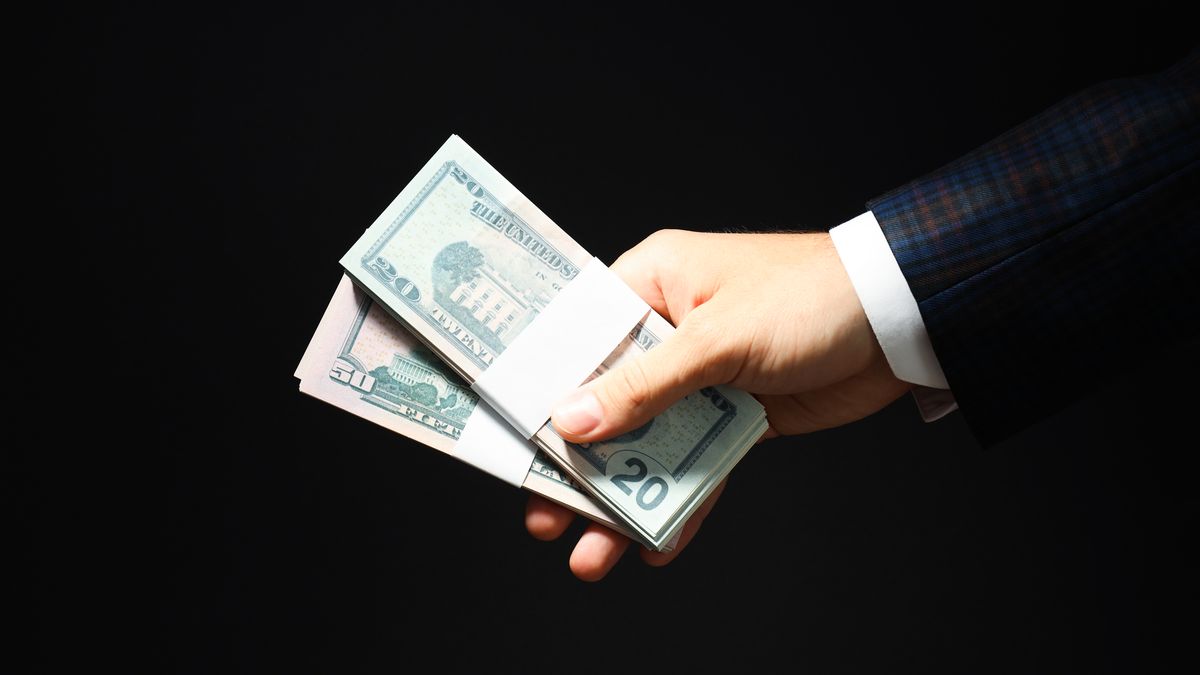The price of this exchange rate, also called “card” or “solidarity” dollar, is that of the retailer, but with a 60% surcharge in taxes. So far in November, the price has risen 1.7% to reach a value of $1,644.
So far this year, the retail dollar has increased steadily below the inflation rate. While the value of the former grew 24.1%, it is estimated that the Consumer Price Index (CPI) registered a variation of close to 110% in the same period.
Even so, it is worth noting that in November the gap between the “card” and the MEP increased again by ten percentage points.which is the other legal alternative that savers have to cover themselves with a “green ticket.” This is due to the aforementioned taxes that are still in force.
Path towards the elimination of the PAIS Tax: how does “savings” impact the dollar?
In September the Executive Branch announced the reduction of the PAIS Tax for importsfrom 17.5% to 7.5%, while in this last week it announced the elimination of the advance that importers had to make for this tax, which in fact implies the elimination of the surcharge for purchases abroad .
For dollar hoarding operations these measures do not apply; It is expected that when the country risk is definitively eliminated, the value of the “savings” dollar will be reduced by 30%, which today would give a price of $1,335.75, still above parallel prices.
In November the gap between the MEP dollar and the “card” widened
In no way, the MEP dollar has so far recorded its fourth consecutive monthly fall, falling 4.9% and reaching $1,076.12. Therefore, the gap between both quotes widened again, from 42.8% to 52.8%.
In addition to being almost $570 cheaper than the “solidario”, The purchase of MEP, which can be carried out both in a bank and in a stock exchange company, has the advantage that it has no limit on the amount. In some cases, the financial entities carry out the entire operation, while in others it is the person who must first buy the AL30 bond (or the GD30) in pesos, and then sell it in dollars, respecting the 24-hour “parking” time (parking time). in which the title must be immobilized).
Who cannot buy the MEP dollar?
The following people cannot buy the MEP dollar:
- Those who have purchased solidarity dollars in the last 90 days
- Those who plan to buy solidarity dollars in the next 90 days
Who can’t buy dollar savings?
The following people cannot buy dollar savings:
- Those who bought the MEP or CCL dollar in the last 90 days.
- Those who received salaries in 2020 through the Production and Work Assistance program (ATP).
- Those who receive social plans or state aid such as the Universal Child Allowance (AUH).
- Monotributistas who have ongoing credits at a subsidized rate.
- Those who do not have their income declared.
- Joint holders of bank accounts.
- Those who spent their quota of US$200 with a card, which includes payment for services such as Netflix or Spotify in dollars.
- Those who have a 12-installment payment plan for credit card debts.
- Those who refinanced their debts with banks for personal, collateral or mortgage loans.
- Beneficiaries of the income reinforcement that was paid in May and June 2022.
- Those who receive state subsidies for the payment of electricity and gas rates from September 2022.
- People who enter the pension moratorium to retire without having 30 years of mandatory contributions.
- Registered workers, retirees and pensioners of the ANSES who access the new credits of up to $400,000.
Source: Ambito
I am a 24-year-old writer and journalist who has been working in the news industry for the past two years. I write primarily about market news, so if you’re looking for insights into what’s going on in the stock market or economic indicators, you’ve come to the right place. I also dabble in writing articles on lifestyle trends and pop culture news.




